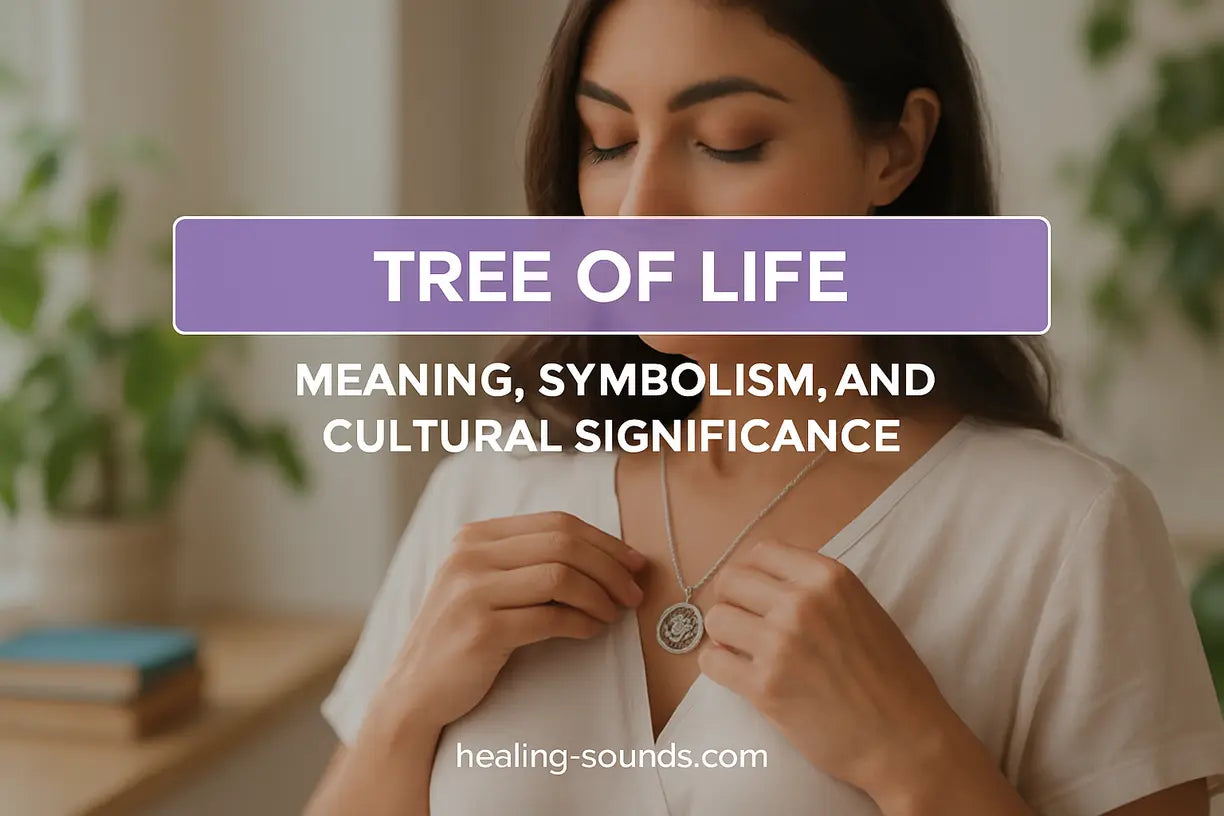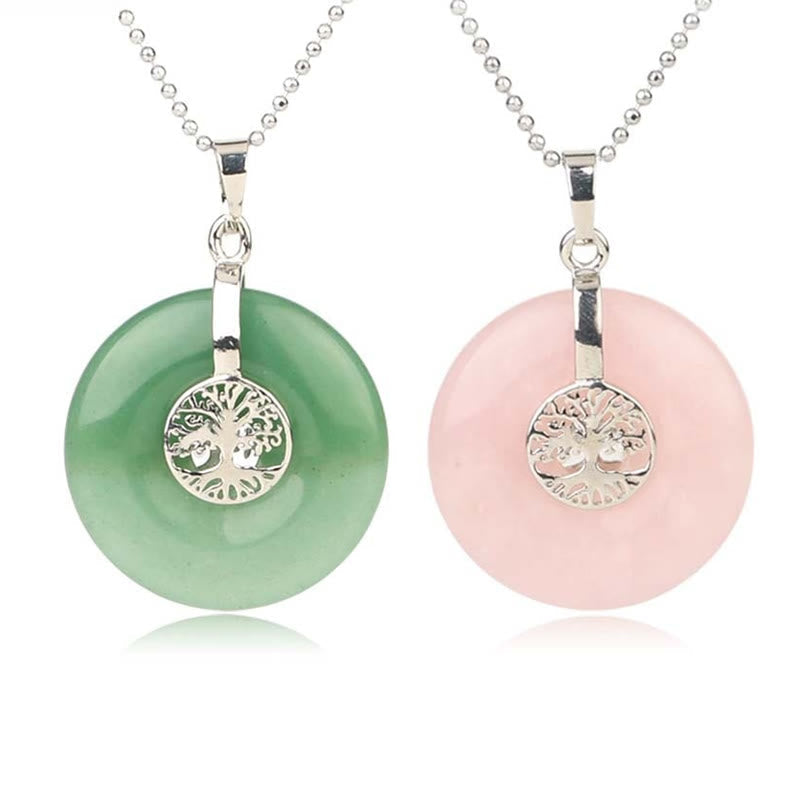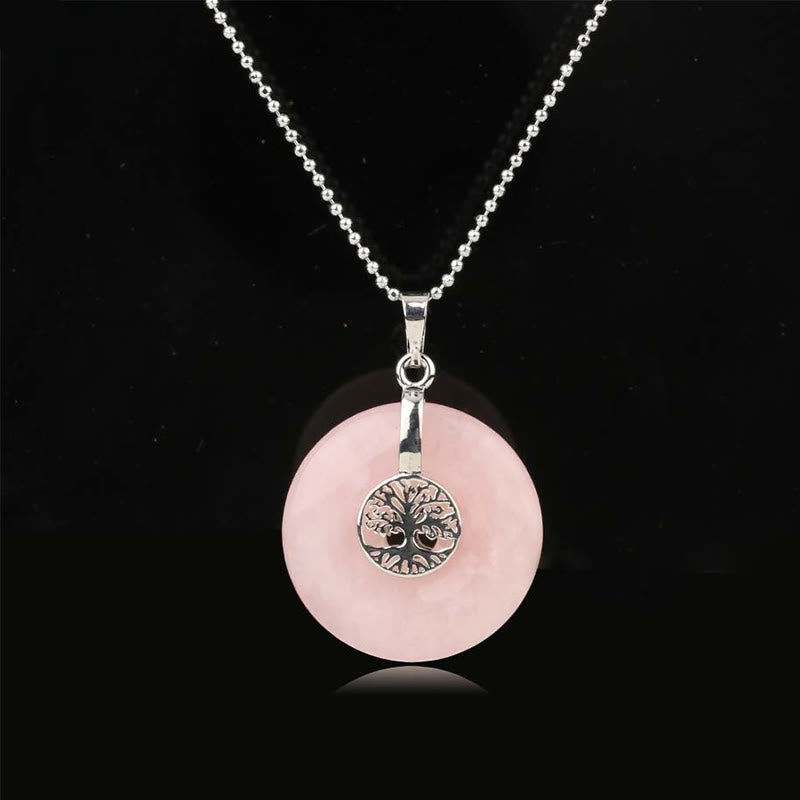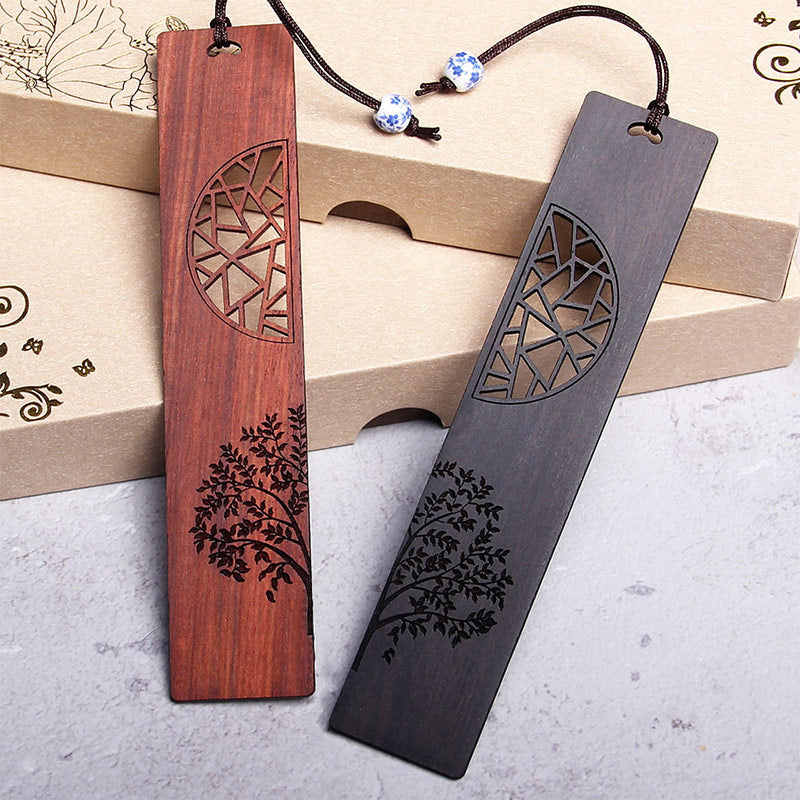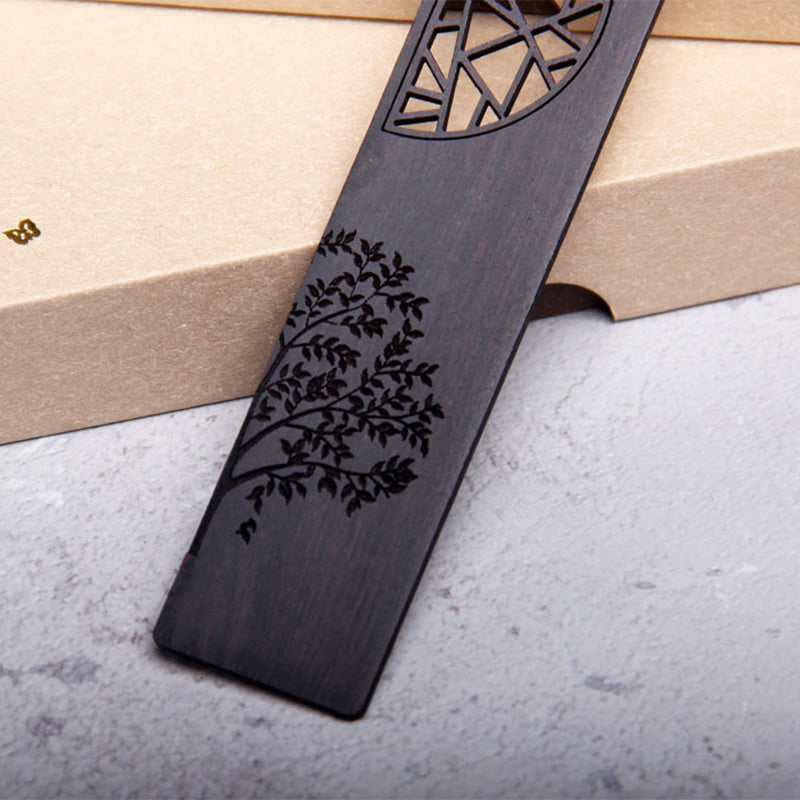The Universal Symbolism of the Tree of Life
At its core, the tree of life symbolism is about interconnectedness. It illustrates the idea that all life on Earth is related, and we are all part of a larger, cosmic whole. The symbol is typically depicted as a large tree with roots that spread deep into the ground and branches that reach high into the sky, often contained within a circle. This design encapsulates several key concepts.
- Interconnectedness: A reminder that no one is an island; we are all connected to the world and each other.
- Family & Ancestry: The branching pattern symbolizes a family tree, connecting us to our past and future generations.
- Growth & Strength: A young tree starts small and grows tall and strong over time, a powerful metaphor for personal development.
- Individuality: Just as each tree is unique, the symbol reminds us of our own unique journey and qualities.
- Rebirth & Renewal: In autumn, a tree loses its leaves only to sprout new ones in spring, representing a fresh start and the cyclical nature of life.
What is the Spiritual Meaning of the Tree of Life?
Beyond its general symbolism, the spiritual meaning of the tree of life delves into our connection with the cosmos and our inner selves. It serves as a guide for spiritual seekers, offering wisdom and perspective on the journey of life.A Symbol of Interconnectedness and Unity
The Tree of Life acts as a bridge between the physical and spiritual realms. Its deep roots anchor it to the Earth, representing our grounded, physical existence. The trunk symbolizes our present journey, while the sprawling branches reach for the heavens, connecting us to a higher consciousness and the divine. This powerful imagery reflects the Hermetic principle, "As above, so below," suggesting that the patterns of the universe are mirrored within us.Personal Growth and Strength
Every part of the tree tells a story of resilience and growth. The roots represent our foundation—our beliefs, values, and past experiences that ground us. The trunk is a testament to the strength we build through life's challenges. The branches, reaching outward and upward, symbolize our aspirations, our desire to learn, and our continuous journey of self-improvement and spiritual awakening.Renewal, Rebirth, and Immortality
The life cycle of a tree is a profound teacher of renewal. It endures seasons of darkness and dormancy, only to emerge vibrant and full of life again. This cycle reminds us that challenges are temporary and that we always have the capacity for rebirth and a fresh start. This concept also touches on immortality, as the tree bears seeds that allow its essence to live on, symbolizing the continuation of life and spirit beyond the individual.Cultural Significance Across Civilizations
The Tree of Life is not confined to one culture; it's a motif that appears in mythologies and religions all over the world, each adding a unique layer to its meaning. This universality is a testament to its powerful and intuitive message.
Celtic Traditions
For the ancient Celts, the Tree of Life, or Crann Bethadh, was a central part of their spirituality. It represented harmony and balance in nature. Trees were considered a connection to the world of the spirits and the ancestors. A single tree was often left in the middle of a cleared field, believed to be the heart of the community, providing shelter, food, and a gathering place.Norse Mythology
In Norse cosmology, the entire universe is held within a giant ash tree called Yggdrasil. Its roots reached into different realms, including the underworld and the land of the giants, while its branches touched the heavens. Yggdrasil connected all nine realms of existence, serving as the ultimate symbol of cosmic interconnectedness and the cycle of life, death, and rebirth.Ancient Egypt and Abrahamic Religions
The symbol also has roots in Ancient Egypt, where the Tree of Acacia was said to enclose the gods Osiris and Isis, representing life and death. In Abrahamic religions, the Tree of Life appears prominently in the Garden of Eden. In Christianity and Judaism, it is described in the Book of Genesis as the source of eternal life. This biblical connection has cemented the tree as a powerful symbol of divine life and wisdom in Western culture.Integrating the Tree of Life into Your Spiritual Practice
Embracing the Tree of Life symbolism can be a beautiful way to enhance your spiritual journey. Keeping the symbol close can serve as a daily reminder of your connection to the world, your inner strength, and your capacity for growth. Jewelry, in particular, allows you to carry this potent emblem with you. Wearing a Tree of Life pendant or bracelet can be a grounding ritual, helping you center your thoughts and intentions for the day. It encourages you to reflect on your roots, appreciate your current strength, and stay focused on your aspirations.
Wearing a Tree of Life pendant or bracelet can be a grounding ritual, helping you center your thoughts and intentions for the day. It encourages you to reflect on your roots, appreciate your current strength, and stay focused on your aspirations.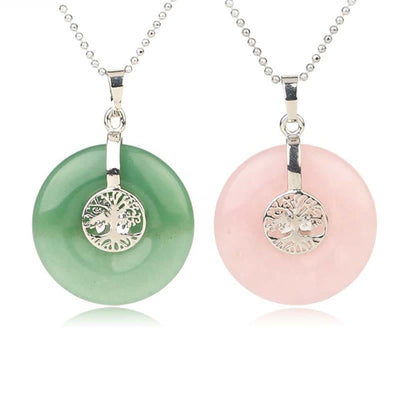
Tree of Life Necklace with Rose Quartz & Crystals for Kindness
$24.90 $35.90
Wear the Tree of Life close to your heart—embrace its symbolism and crystal energies in daily life for spiritual connection.
Explore ProductEnhance Your Connection with These Symbols

Tree of Life Enamel Alloy Bracelet - Unity and Strength
$24.90
$35.90
Celebrate connection and resilience wearing this Tree of Life bracelet, a daily reminder of unity, balance, and personal growth. Learn more ➔
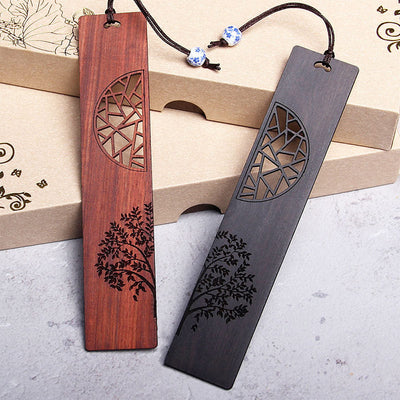
The Tree of Life Ebony & Red Sandalwood Bookmarks
$24.90
$35.90
Mark your spiritual journey—these artisan bookmarks carry the Tree of Life’s meaning into every reading or meditation ritual. Learn more ➔
A Symbol for Your Journey
The Tree of Life is a beautiful and enduring symbol that speaks a universal language of unity, strength, and renewal. Its presence throughout history and across cultures highlights our shared human desire to understand our place in the cosmos. Whether you are drawn to its representation of family, its promise of personal growth, or its deep spiritual connection, the Tree of Life offers a profound source of inspiration. By embracing its meaning, you invite a powerful reminder of balance, resilience, and interconnectedness into your life.Frequently Asked Questions about the Tree of Life
The Tree of Life is a widespread mythological and spiritual symbol found in many of the world's cultures and religions. It is generally depicted as a large tree with deep roots and sprawling branches, representing the interconnectedness of all creation, the cycle of life and death, and the bridge between the earthly and divine realms. Famous examples include the Celtic Crann Bethadh, Norse Yggdrasil, and the tree in the biblical Garden of Eden.
A tree of life symbolizes many profound concepts, including: unity and interconnectedness between all living things, family roots and ancestry, personal growth and strength, individuality, immortality and rebirth, and peace and harmony. Its roots ground us, while its branches encourage us to reach for our full potential.
This question often confuses the symbolic Tree of Life with physical locations named after it. There is no single "hike" to the mythological Tree of Life. You might be thinking of a specific landmark, like the large man-made "Tree of Life" at Disney's Animal Kingdom park or the real, solitary Prosopis cineraria tree in Bahrain, also called the Tree of Life. This article focuses on the spiritual and cultural symbol rather than a physical destination.
Yes, the Tree of Life is mentioned prominently in the Bible. It first appears in the Book of Genesis in the Garden of Eden, alongside the Tree of the Knowledge of Good and Evil. It is described as the source of eternal life. The Tree of Life is also mentioned again in the Book of Proverbs as a metaphor for wisdom and in the Book of Revelation, where it is said to stand in the paradise of God.
The meaning of the Tree of Life symbol is multifaceted. It primarily represents the deep connection between all forms of creation. Its roots signify a strong foundation and connection to the Earth, its trunk symbolizes strength and the journey of life, and its branches represent growth, aspirations, and the connection to the spiritual or divine. It universally stands for balance, renewal, and the cyclical nature of life itself.

